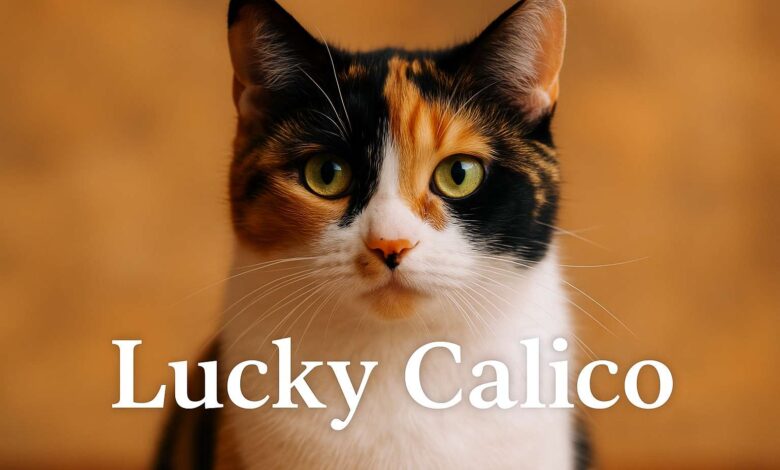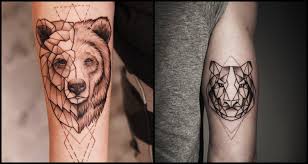The Origin and Cultural Significance of the Lucky Calico Cat

The term “lucky calico” isn’t just a whimsical label it reflects deep-rooted beliefs across cultures that associate these uniquely colored cats with good fortune, prosperity, and spiritual symbolism. Calico cats are characterized by their distinctive tri-color fur pattern, typically consisting of white, black, and orange patches. What makes them especially remarkable is not just their stunning appearance, but their rarity and genetic makeup. In many parts of the world, particularly in Japan, Ireland, Germany, and the United States, the lucky calico is more than just a pet; it is a talisman believed to bring blessings, wealth, and protection. In Japan, for example, the Maneki-neko or “beckoning cat” figurine often designed with calico colors is placed at the entrance of homes and businesses to invite good fortune.
This cultural tradition extends to maritime folklore, where Japanese sailors would bring lucky calico cats aboard ships to ward off storms and evil spirits. The association between calico cats and good luck is not mere superstition; it is an enduring cultural phenomenon that spans centuries and continents, woven into rituals, myths, and daily life.
Genetic Uniqueness and the Science Behind the Lucky Calico Cat
Understanding why calico cats are so special requires a look into the fascinating world of feline genetics. The lucky calico owes its striking coat pattern to a genetic phenomenon called “X-inactivation,” which only occurs in female cats due to their XX chromosome pair. Each X chromosome carries a gene for either orange or black fur, and one of these is randomly inactivated in each cell, resulting in the patchwork of colors typical of calico cats. This process is so complex and unique that male calico cats are extremely rare estimated at only 1 in every 3,000 calico cats and almost always sterile due to chromosomal abnormalities like Klinefelter syndrome (XXY).
This genetic rarity further contributes to the lucky calico mythology, as people consider their birth to be an extraordinary event. Geneticists and biologists study calico cats as prime examples of epigenetic processes in mammals, making these cats not only lucky in folklore but valuable in scientific research. The random nature of their coat pattern ensures that no two calico cats look exactly the same, adding to their allure and perceived mysticism.
Symbolism and Spiritual Beliefs Associated with the Lucky Calico
Beyond genetics and appearance, the lucky calico cat holds spiritual significance in various traditions and belief systems. In metaphysical circles, calico cats are often associated with feminine energy, healing, and protection. Some believe that having a lucky calico cat in the home can ward off negative energies, purify the environment, and even bring emotional healing to its owners. In Feng Shui, placing objects or pets with the calico’s tri-color combination is thought to enhance the energy flow and attract wealth.
The white fur represents purity and positivity, the black symbolizes protection and warding off evil, and the orange is linked to prosperity and good fortune. In Celtic traditions, calico cats were believed to bring fertility and abundance, especially to women. This symbolism makes the lucky calico a revered companion, often sought after by those seeking balance and harmony in their lives. Whether or not one subscribes to these beliefs, the emotional comfort and joy that calico cats bring to their owners is undeniable, reinforcing the idea that they are indeed bearers of luck and well-being.
Popularity and Representation of the Lucky Calico in Modern Media
The lucky calico has also cemented its place in modern media and pop culture, appearing in countless stories, cartoons, films, and merchandise. From anime series in Japan to children’s books and internet memes worldwide, calico cats are celebrated for their charm and symbolic resonance. One of the most iconic representations is the aforementioned Maneki-neko, which frequently features calico patterns and is often seen holding a koban coin, symbolizing wealth. In Western media, calico cats have appeared in famous stories like “The Cat Who” mystery series and in films such as Disney’s “Homeward Bound.” Social media platforms are filled with viral content featuring calico cats doing adorable or amusing things, further popularizing the idea of the lucky calico.
This cultural presence has boosted the demand for calico-patterned merchandise, plush toys, and even NFTs (non-fungible tokens) that depict these feline symbols of luck. Their media portrayal enhances public awareness and admiration, turning the lucky calico into both a real and digital icon of fortune.
The Role of the Lucky Calico in Domestic and Emotional Life
For pet owners, the lucky calico isn’t just a symbol or scientific marvel it’s a beloved member of the family. Studies have shown that cats with unique coat patterns like calicos often create stronger emotional bonds with their human companions. This may be due in part to their rarity and the personal stories often attached to them, but also because people are inclined to attribute personality traits based on appearance a phenomenon known as the “halo effect.” Many calico cat owners report that their cats are independent, spirited, and highly intelligent, qualities that are admired and even anthropomorphized. Owning a lucky calico is often described as having a companion who seems almost aware of its special status.
These cats are often chosen as emotional support animals, and their presence is said to reduce stress and anxiety in households. The sense of uniqueness and individuality that each calico cat brings makes them unforgettable to their owners. As a result, calico cats are often honored in obituaries, remembered in pet portraits, and given elaborate funerals a testament to their emotional impact.
The Lucky Calico in Business and Commercial Spaces
In the realm of business and commerce, the lucky calico continues to influence decisions and aesthetics. Many Asian-owned businesses especially restaurants, salons, and retail stores feature images or figurines of calico cats as part of their interior design. These visual elements are not just decorative; they are believed to serve a protective and prosperous function. Business owners report feeling a sense of assurance when a lucky calico symbol is present, and in some cases, credit their success or stability to this tradition. The lucky cat is often positioned near the cash register or facing the entrance to “invite money in.” In more modern and tech-savvy settings, the lucky calico has found its way into branding and logo design, especially for companies targeting pet lovers or Eastern markets.
Additionally, some e-commerce platforms offer limited-edition calico-themed products during specific times of the year, such as the Lunar New Year or company anniversaries, capitalizing on the popularity and goodwill associated with the lucky calico. The use of this symbolism in commercial settings further amplifies its significance beyond the household, proving its lasting value in economic and cultural spaces.
Caring for a Lucky Calico: Health, Personality, and Maintenance
Taking care of a lucky calico requires the same level of dedication as any other cat, but their unique genetics mean there are a few considerations to keep in mind. First, calico cats, being primarily female, often exhibit behavioral traits that are influenced by hormonal cycles unless spayed. Many calico owners describe their cats as fiercely independent, occasionally moody, but also deeply affectionate and protective of their territory. Some experts theorize that the lucky calico temperament may be partially linked to the complex genetic patterns that determine their coat. Health-wise, calico cats are not more prone to illness than other cats, with the exception of the rare male calicos, who may suffer from health complications due to chromosomal imbalances.
It’s important to maintain regular veterinary checkups, a balanced diet, and an enriched environment for mental stimulation. Grooming is typically straightforward, especially for short-haired calicos, although long-haired variants may require more attention. Overall, caring for a lucky calico is a rewarding experience, not just for the companionship, but for the symbolic enrichment it brings to daily life.
Why the Lucky Calico Is More Than Just a Pet
When people talk about their lucky calico, they’re often referring to more than just a beautiful cat with an eye-catching coat. The term evokes a sense of personal fortune, spiritual comfort, and cultural richness. Whether it’s the story of a rescued stray who brought emotional healing, a childhood pet that became a family legend, or a business mascot believed to bring prosperity, the lucky calico occupies a unique and cherished space in human life. They are often seen as sentient talismans living embodiments of good fortune. Owning or simply encountering a calico cat can feel like a magical moment, a brush with serendipity in an otherwise ordinary day. In this way, the lucky calico transcends its biological identity and becomes a symbol of hope, resilience, and joy.
The stories that people attach to these cats help preserve their legendary status across generations, ensuring that the lucky calico remains an enduring figure of luck and love in folklore and real life alike.
FAQs About Lucky Calico Cats
Q1: Why are calico cats considered lucky?
Calico cats are considered lucky due to long-standing cultural beliefs, especially in Japan and other Asian cultures, where they symbolize prosperity, protection, and good fortune.
Q2: Are all calico cats female?
Yes, nearly all calico cats are female due to their unique genetic makeup. Male calicos are extremely rare and usually sterile, making them even more unique.
Q3: What makes a calico cat a “lucky calico”?
A “lucky calico” refers to the belief that calico cats bring positive energy, financial success, and protection from harm. Their rarity and beauty enhance this belief.
Q4: Is a lucky calico the same as a Maneki-neko?
The Maneki-neko (beckoning cat) is often depicted as a lucky calico. It’s a cultural symbol, especially in Japan, believed to attract wealth and happiness.
Q5: Do lucky calico cats have special personalities?
Calico cats are often described as bold, independent, and affectionate. While each cat has its own personality, many owners believe their calico is especially intuitive and unique.



